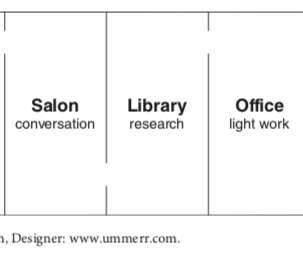How the Best Place of Work Became A State of Mind
Great Leadership By Dan
NOVEMBER 12, 2020
Gue st post from Jonas Altman : Matt Mullenweg’s company had a plush office at Pier 38 in San Francisco’s Embarcadero. His Eudaimonia Machine has the lofty goal of helping workers reach their full potential. Creating a great place to work means truly understanding the ongoing interplay of worker bees within a complex system.












Let's personalize your content